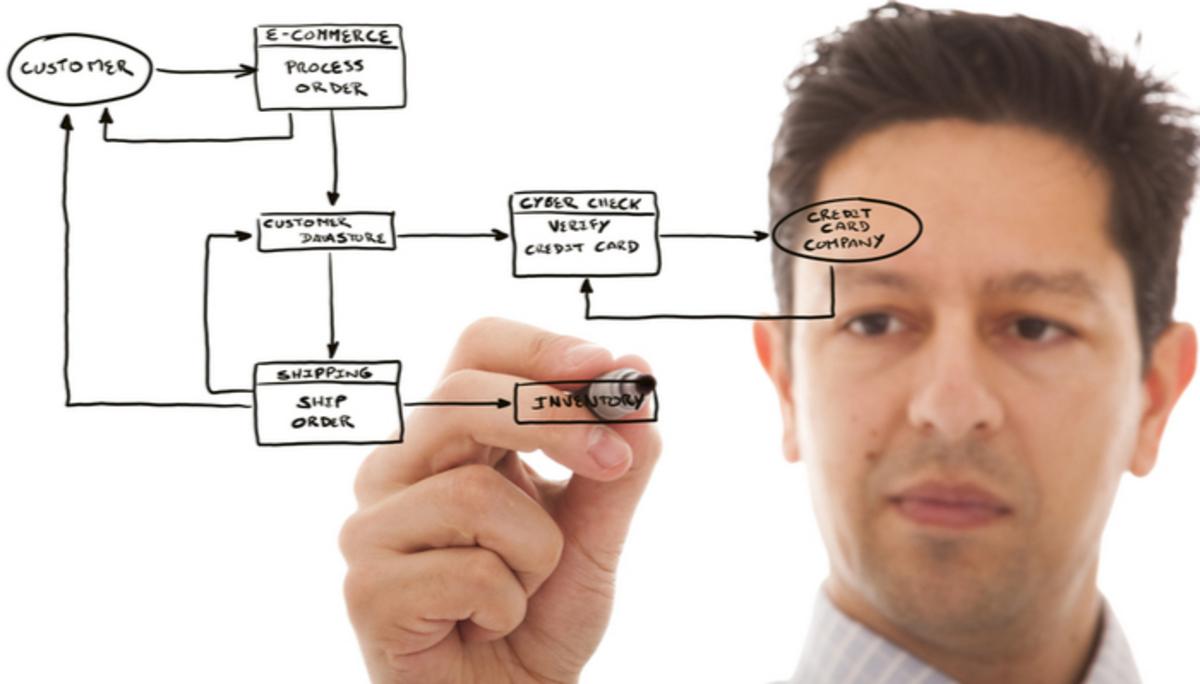Twin pricing merchant services refer to some sort of pricing model used by some vendor service providers where businesses are billed different rates regarding accepting different forms of payment cards. In this type, businesses may shell out one rate with regard to accepting debit cards and another, generally higher, rate for accepting credit cards.
Twin pricing typically entails two main elements:
Interchange Fees: These types of are fees compensated by the merchant's bank (acquirer) to be able to the cardholder's loan company (issuer) for each and every deal. These fees fluctuate depending on elements such as the type of greeting card (debit or credit), the card network (Visa, Mastercard, and so forth. ), the purchase amount, and additional factors.
Markup or even Processing Fees: These kinds of are fees charged by the merchant service provider on best of the interchange fees to cover up their services in addition to profit margin. In a dual pricing model, the markup fees for credit rating card transactions tend to be higher than these for debit card transactions.
Businesses may well choose to put into action dual pricing for various reasons:

Bank card transactions typically possess higher interchange charges than debit cards transactions, so organizations may pass on some of these types of costs to consumers who choose to be able to pay with credit cards.
Dual pricing can help organizations offset the better costs associated with processing credit card transactions and keep their particular profit margins.
Rate of interest cap may view dual pricing as some sort of way to incentivize customers to make use of debit cards or other lower-cost payment procedures.
Yet , https://redfynn.com for businesses to be able to disclose their charges clearly to customers to avoid misunderstandings or dissatisfaction. Additionally, regulations and credit card network rules may well impose restrictions upon how businesses can easily implement dual prices and require openness in pricing procedures.
